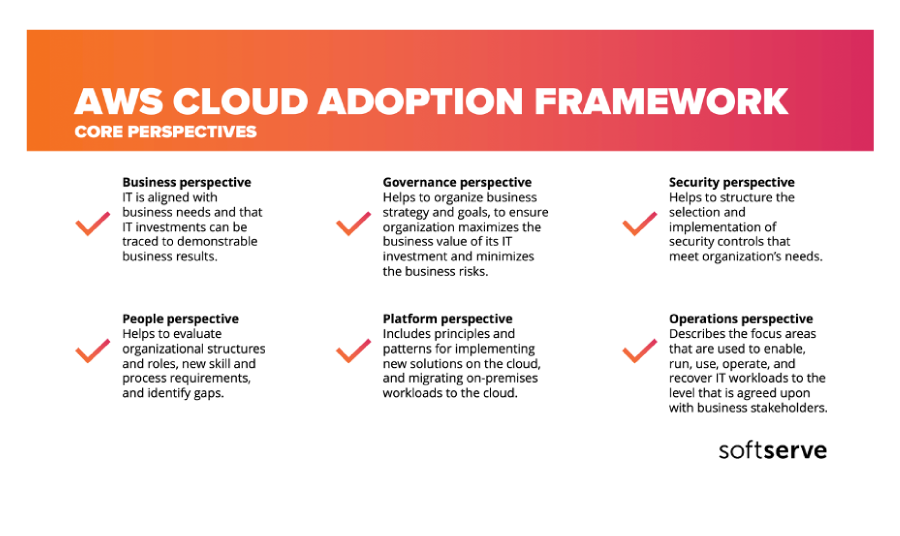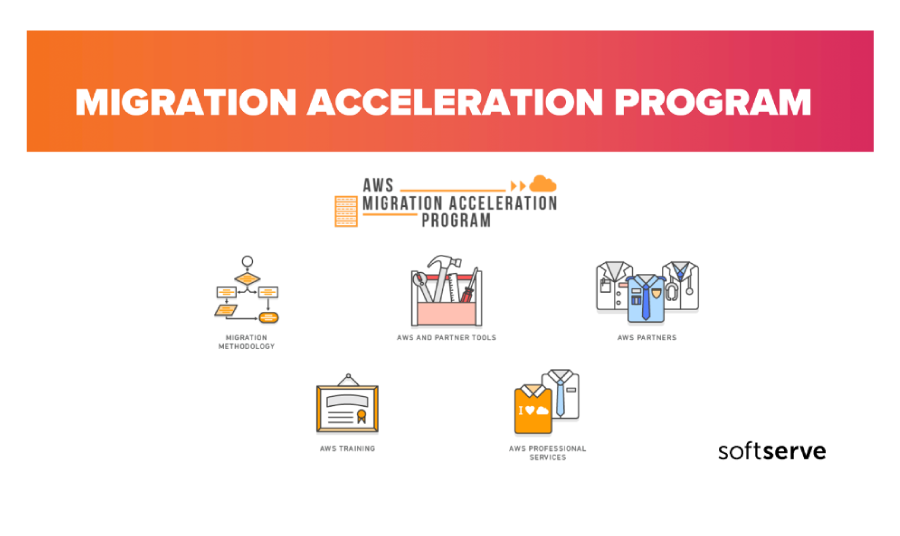In today’s marketplace, even the most conservative companies are beginning to understand the need for (and benefits of) running workloads on the cloud. In this blog series, we’ll look at running IT in the cloud versus on premises.
Cloud allows business owners to accurately measure and estimate the resources required to run specific business workloads and their effectiveness. Using an on premises infrastructure alone makes such estimates extremely hard or almost impossible to achieve.

Some companies are resistant to migration because of security concerns. In reality, regulatory compliance is typically not an issue because cloud infrastructure is already compliant with standards including PCI DSS, HIPAA, and others.
There are many questions that enterprises face when ready to migrate, including:
- Building infrastructure in the cloud
- Effectively utilizing services in the cloud
- Aligning business processes with cloud potential
- Building processes
- What other companies are doing
- Defining CI/CD
- Defining DevOps
- And more
AWS has several offers that clarify (And simplify) the enterprise migration process—as well as guidelines and frameworks for adopting businesses and organizational structure for a new way of utilizing resources in the cloud.
We’ll provide a brief overview here.
AWS Cloud Adoption Framework (CAF) describes the organizational cloud transformation from several perspectives including: business, governance, security, people, platform, and operations.

These AWS cloud frameworks help to prepare organizations from both a technical and business perspective for the cloud. After applying AWS CAF, companies receive an Action Plan which describes the required steps for each framework to bring companies to a ready state when it is time to move to the cloud.
The AWS CAF serves to answer most of questions that customers have about cloud transformation while also describing necessary skill sets for success in the AWS Cloud.
AWS Migration Acceleration Program (MAP) enables companies to make the migration process secure, and more effective by following best practices via consultations, training programs, and service credits. The AWS MAP helps companies to optimize their business and implement innovations using resources that are already available, rather than attempting to maintain and support legacy approaches.

Migration Acceleration Program consist of 3 phases:
- Migration Readiness Assessment – evaluate readiness of client organization for cloud migration. This evaluation is based on Cloud Adoption Framework. In this step several actions could be performed such as: adopting internal processes, improving skills of engineers etc.
- Migration Planning and Mobilize – Plan for the migration itself, may include consultation with AWS Migration Partner who will provide with best practices and guidelines based on customer architecture and migration experience.
- Migration – execution of migration itself
While migrating to AWS, customers have several migrations strategies called 7R’s:
- Rehosting
- Replatforming
- Repurchasing
- Refactoring
- Retire
- Retain
- Relocate
We will cover and describe these migration strategies in our next post related to migration.


